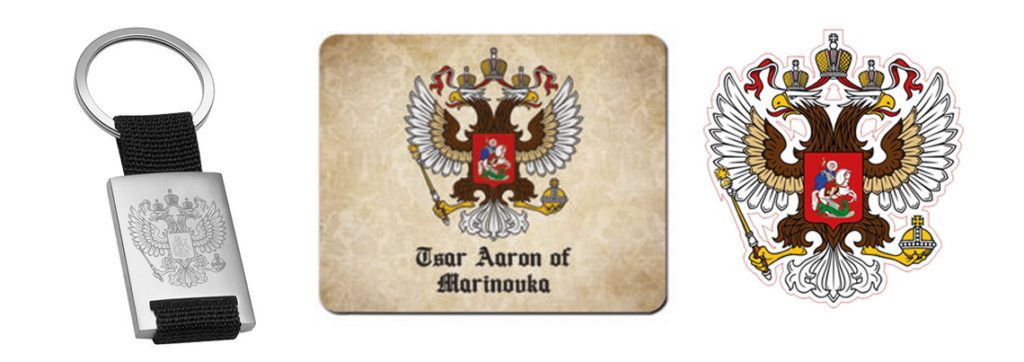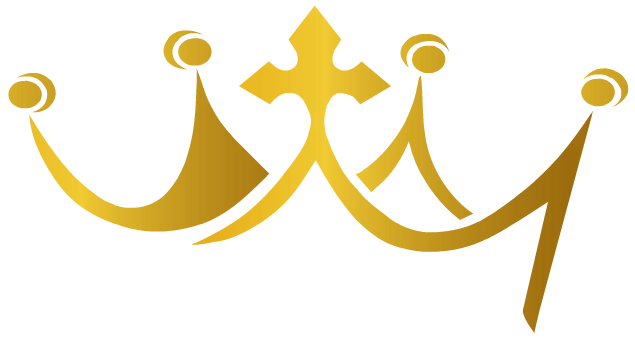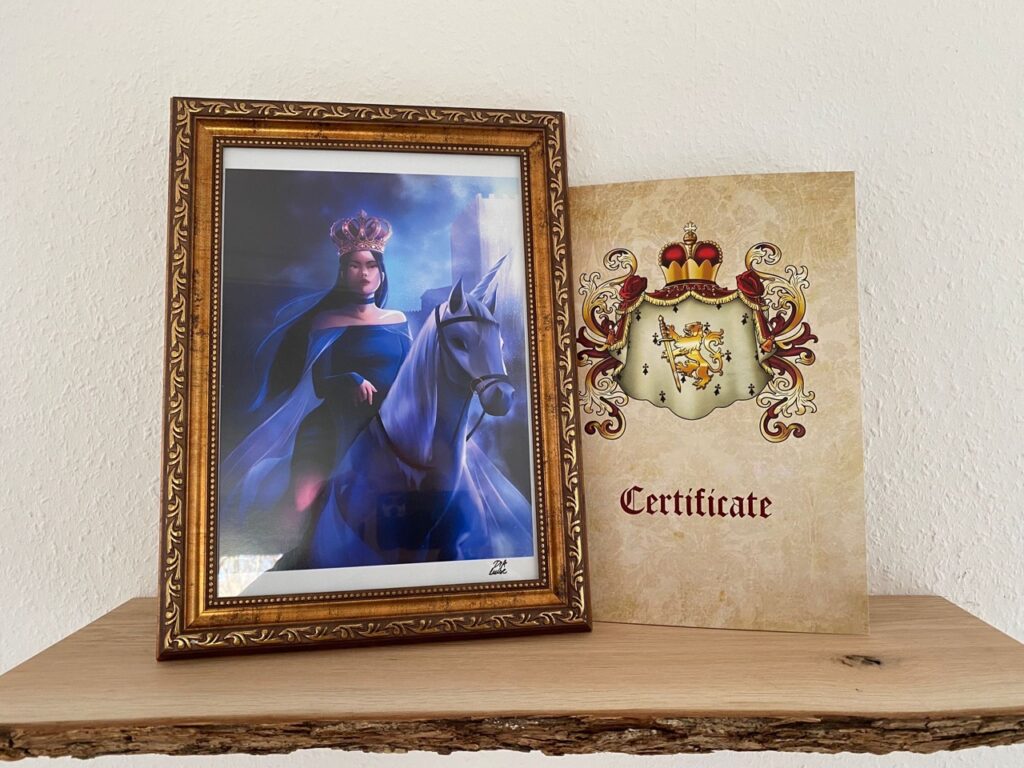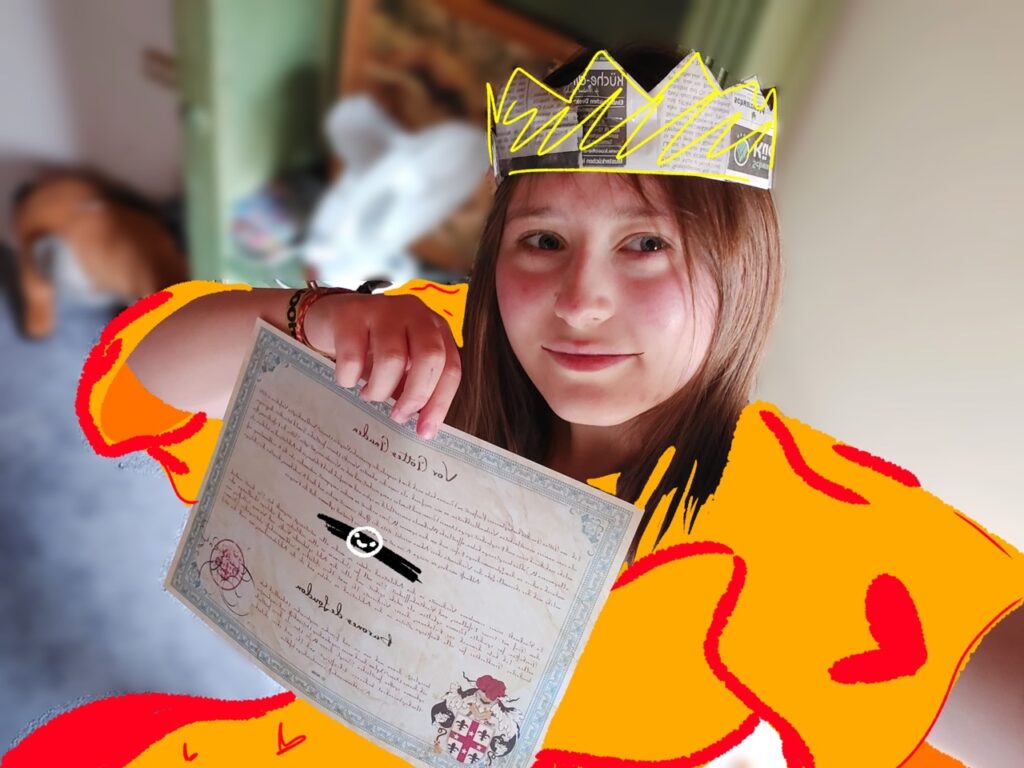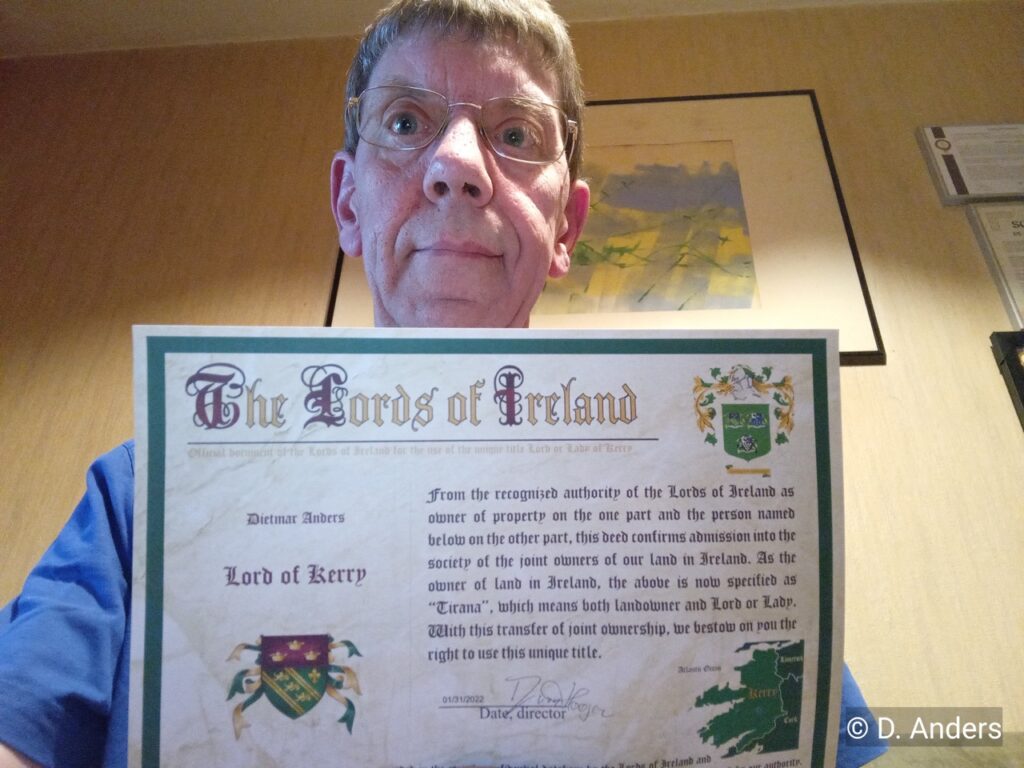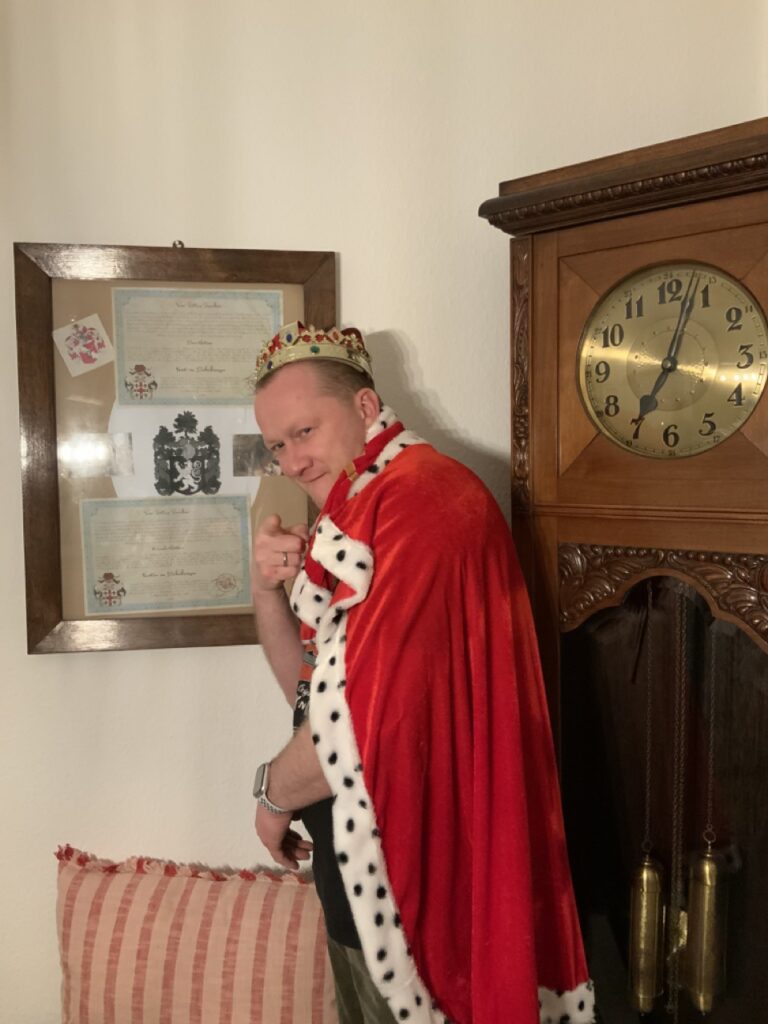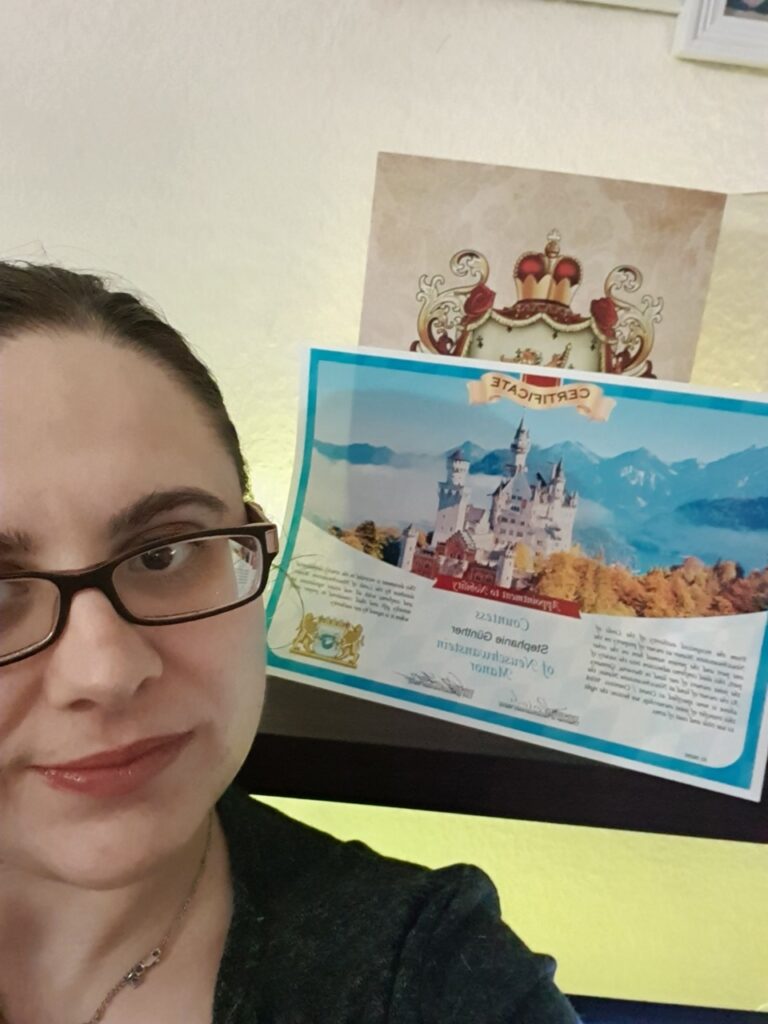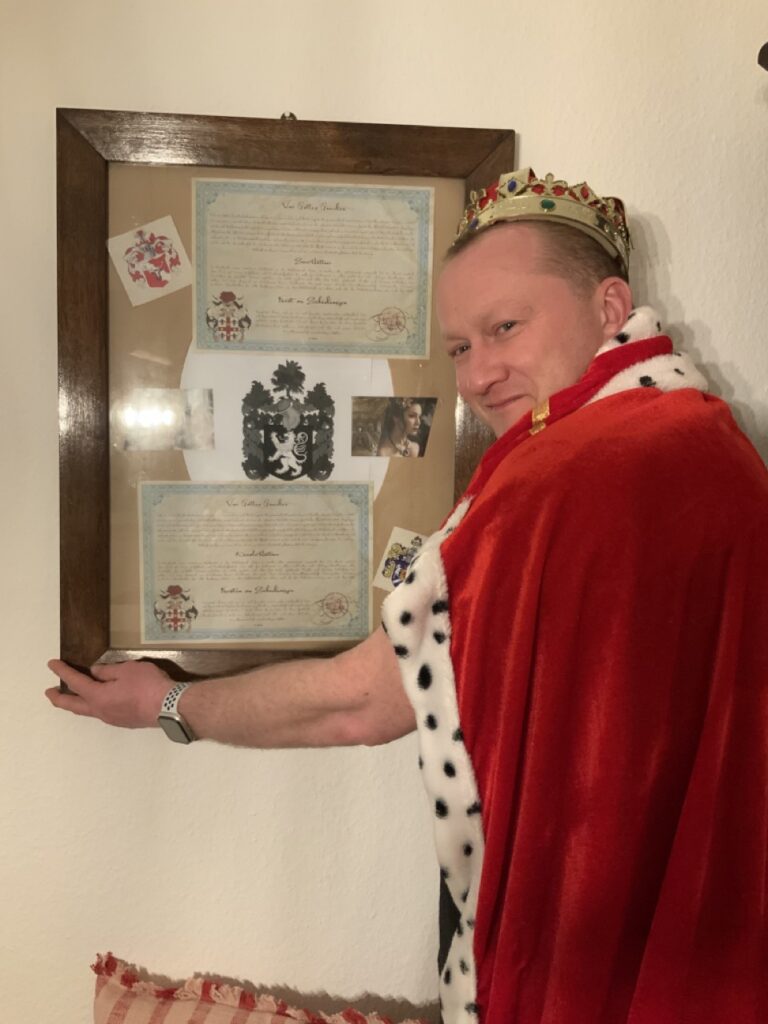Description
Tianzi
The title of Tianzi literally means Son of Heaven and was used by many sovereign rulers of China regardless of rank. The term, which first appeared in the Zhou dynasty, is based on the concept of the Mandate of Heaven , which should not be confused with the European concept of God's Grace, as it legitimizes rule only as long as it is good or successful. Tianzi as a ruler title also symbolized the claim to rule over the Tianxia (literally [everything] under heaven), that is, the world.
Jìnyáng was built in 497 BC and has a history of over 2500 years. Under its present name Taiyuan, it is the capital of Shanxi Province in the People's Republic of China and is located at an altitude of 780 meters on the Fen He River. The Jinci Temple complex located in Tàiyuán has been on the list of monuments of the People's Republic of China since 1961.
Chinese nobility
The nobility in Imperial China underwent a transformation that lasted several thousand years. Earlier than in Europe, a feudal system, a sedentary administration and finally a state system developed, which shaped the culture and social structure of the empire. Despite internal and external upheavals, typical forms remained the same, such as patriarchy, the primogeniture of numerous titles, and the central power of the supreme ruler and his court. Only with the abolition of the empire was the social power of the Chinese nobility broken.
The nobility system of China was formed in the 1st millennium BC during the Zhou Dynasty. Confucius, in his work on Zhou rites shortly after the birth of Christ, codified the traditional Zhou dynasty nobility system, which became the basis for the nobility levels in China, although the system continued to evolve.
Emperor of China
Before Qin Shihuangdi, the terms Huang for god-king/sublime and Di for ancestor-king/emperor were used. Both terms can also be translated differently, but show the worship of the superhuman or semi-divine being that is designated by them. Qin Shihuangdi drew on this existing conceptual material from the myths of the eight primordial emperors of China (Three Huang and Five Di) when he introduced the title of Huangdi in 221 BC, after defeating all the competing Wang. By doing so, he showed his claim to be a greater ruler than any wang before him; his title also included the shi, showing his ranking as First Huangdi. The word component Di also symbolized his attachment to the divine concept of Shangdi. The title of Huangdi should not be confused with the Yellow Emperor.
All rulers with a claim to overall rule over China bore the title of huangdi after the end of the Qin dynasty, until the abdication of the Puyis in 1912. Dynasties that emerged from foreign rulers, such as the Yuan dynasty of the Mongols, bore the title of huangdi alongside their foreign titles. As in Europe, for example with popes and counter-popes, it was not unusual for several huangdi to hold office simultaneously.
In Western translation, the title Huangdi is usually translated as Emperor of China (English Emperor), the literal meaning is roughly paraphrased as exalted divine.
Discover our great and unique accessories that will perfectly complete your noble title

Wenn Sie ein Accessoire bestellen, erhalten Sie automatisch auch alle bestellten Urkunden ausgedruckt in einer Geschenkmappe zusammen mit dem gedruckten Heft „Noble Society – Mein Adelstitel“
Unsere Accessoires können Sie direkt zusammen mit Ihrem Adelstitel bestellen. In jedem Adelstitel finden Sie die Option „Versand als PDF“ oder „Druck und Versand“. Bitte wählen Sie den Druck, dann geht ein Menü auf, in dem Sie weitere Artikel wählen können
Golden ID Card
Die ID Karte hat die Größe einer Visitenkarte und besteht aus Aluminium. Die Vorderseite ist goldfarben bedruckt und enthält Ihren Titel und Ihr Wappen. Ein wundervolles Accessoire, das in keiner Brieftasche eines Adeligen fehlen sollte. Verwenden Sie die ID Card zum beispiel auch um sich im Hotel oder Restaurant „auszuweisen“.
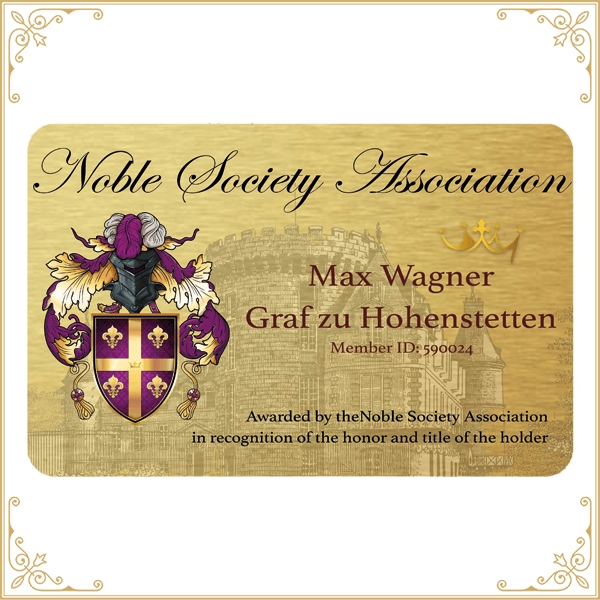
Honorary membership in the Noble Society Association
We confirm your honorary membership with a magnificent certificate. The membership does not include any subsequent costs, with the one-time contribution it is valid for life.
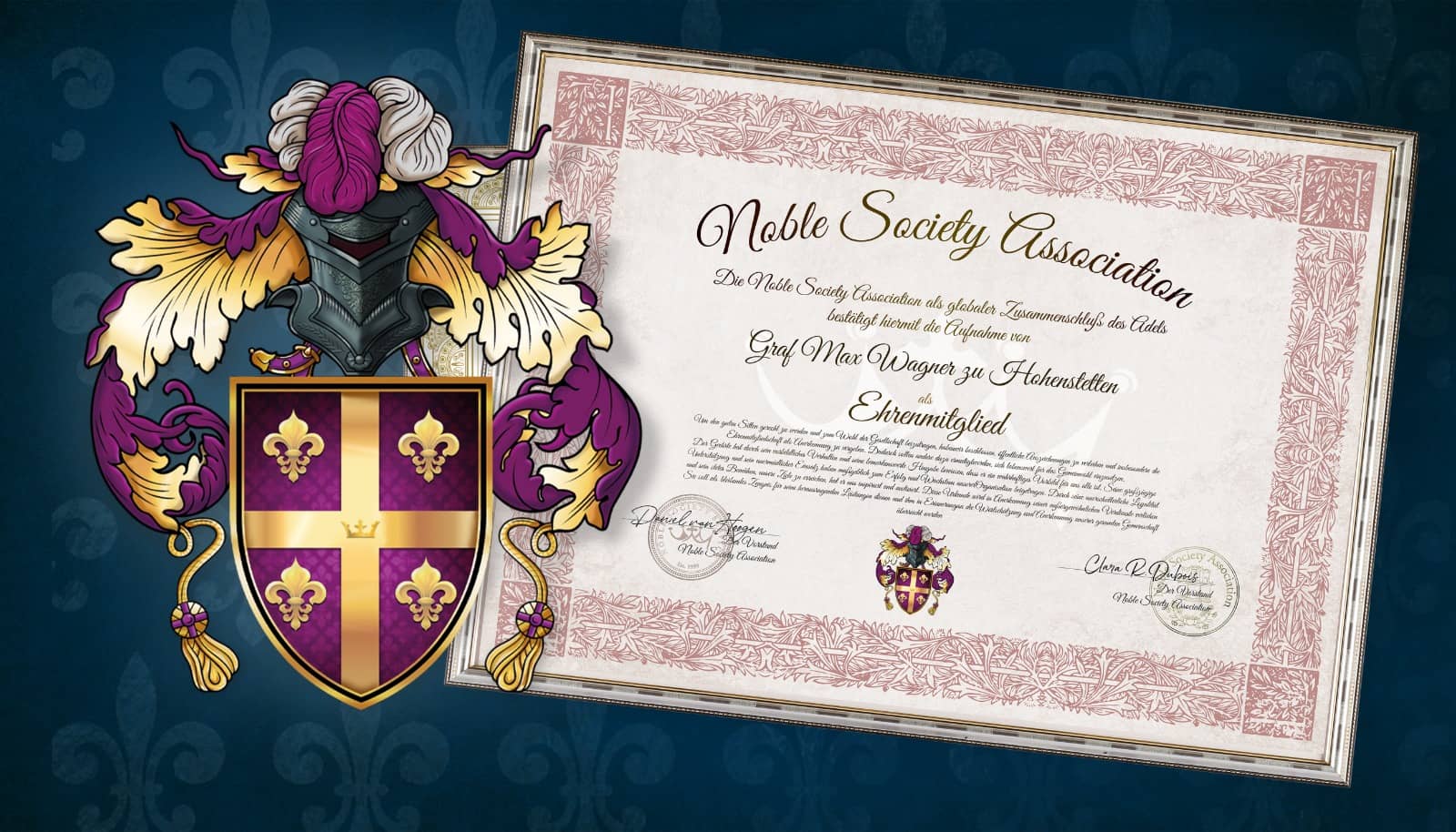
Coins - your own currency
On one side of the coins is shown the value. For the silver coins this is 1 thaler, for the gold coins 10 thalers. On the other side you will find prominently your coat of arms and your name and title.
Detail:
The coins have a diameter of 30mm and are silver or gold color, high gloss. Both sides are engraved by us with a high quality special engraving machine.
The value of the coins in Irish lord titles is taken from the medieval currency of Ireland:
1 Coróin corresponds to 5 Shillings = 1 Crown
1 Sabhran equals 20 Shillings = 1 Sovereign
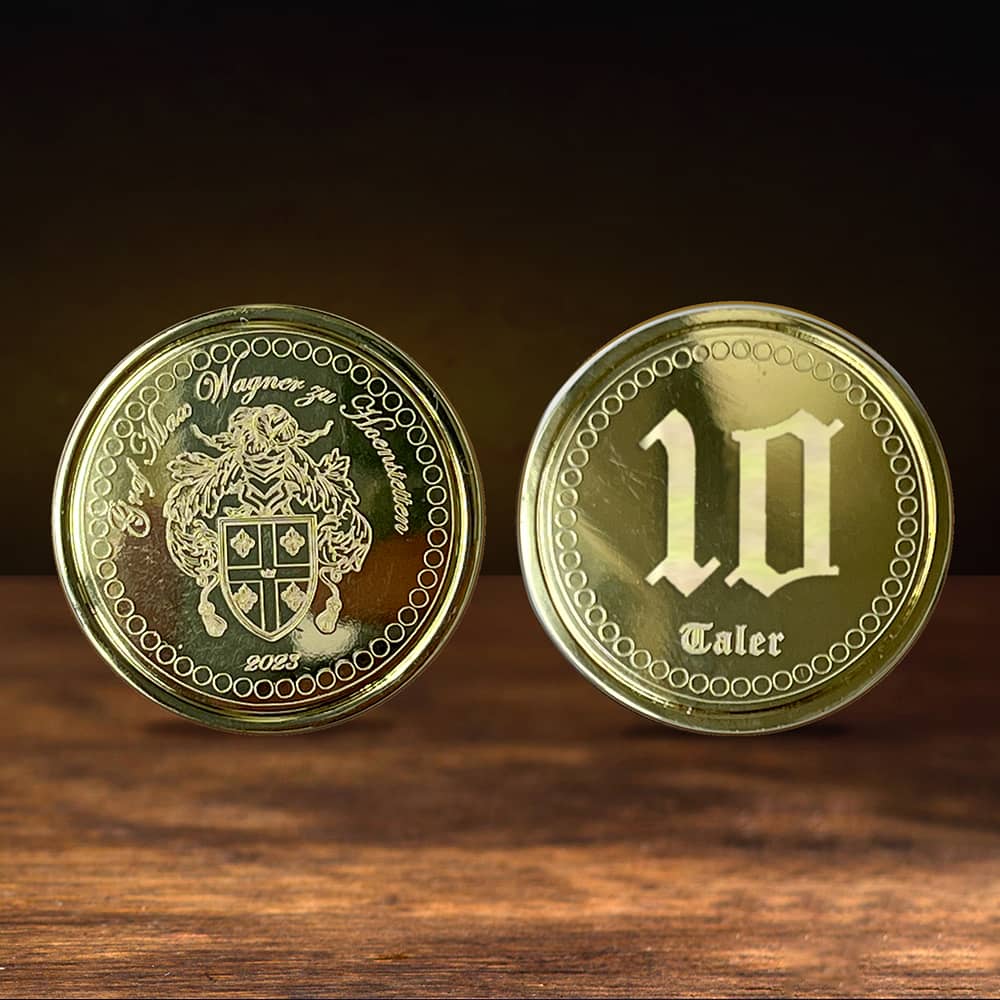
Your own wine
You will receive either one or two bottles of red or white wine with your very own personal label. On this you will find your coat of arms, as well as your title and name. You will receive matching wine glasses engraved with your title, coat of arms and name.

Your coat of arms on stretcher frame
Coat of arms on stretcher frame is 60cm x 60cm and an incredible eye-catcher in the living room or office.
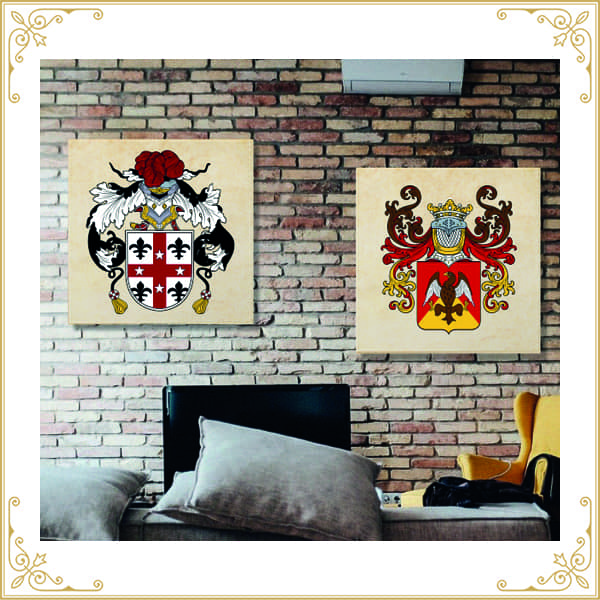
Embossing pliers with coat of arms
With the embossing pliers you can easily and stylishly emboss your stationery with your coat of arms
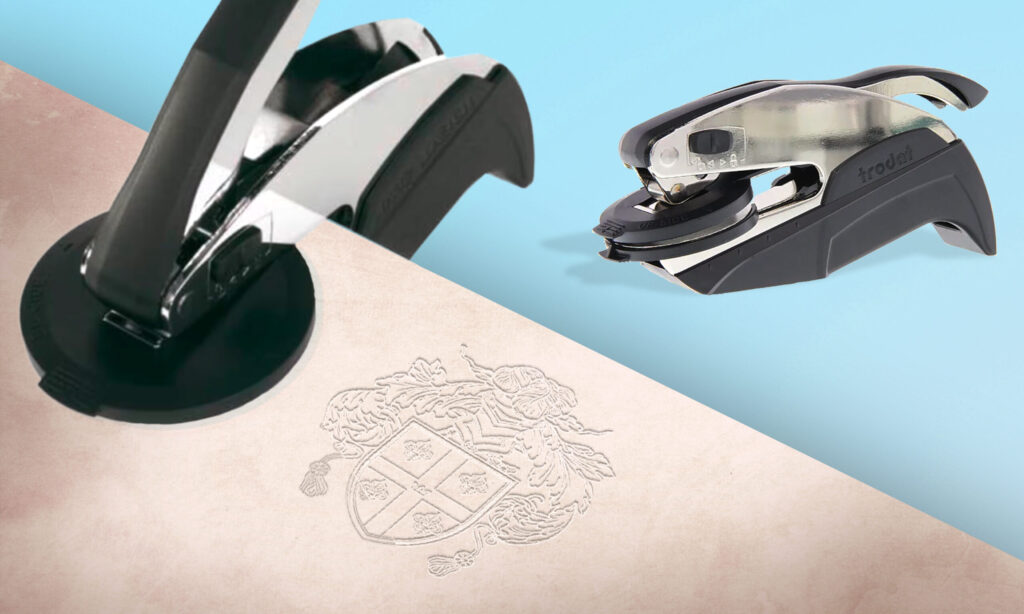
Self inking stamp with coat of arms
The stamp colors itself via the built-in ink pad. With this you can effortlessly stamp your coat of arms on your documents
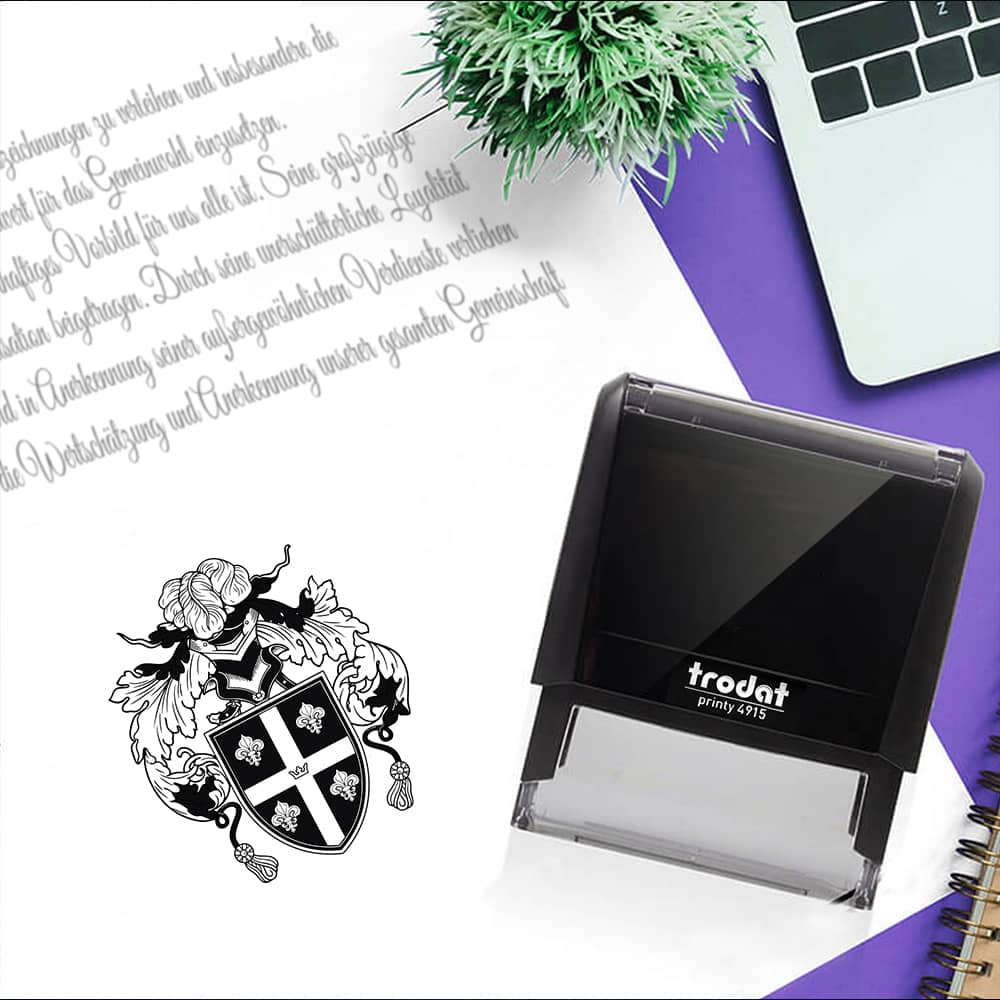
Small set with mouse pad, keychain and bumper sticker
This set includes a mouse pad, a keychain and a bumper sticker, all printed or engraved with your coat of arms.
Details:
- Key ring: size about 8.5 x 3.4 cm, material: zinc alloy metal and textile label, high quality laser engraving.
- Car sticker: This sticker comes in the outline of your coat of arms and is specially processed so that it is resistant to outdoor use.
- Mouse pad with coat of arms: Textile mouse pad, 230 x 190 mm, thickness 5 mm
